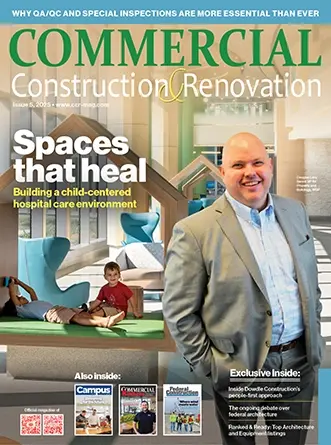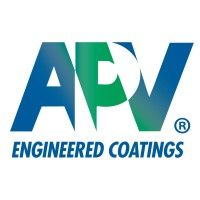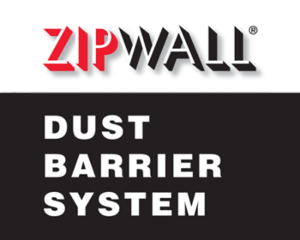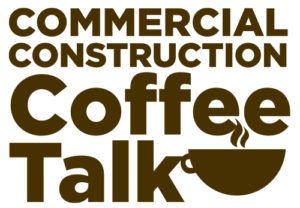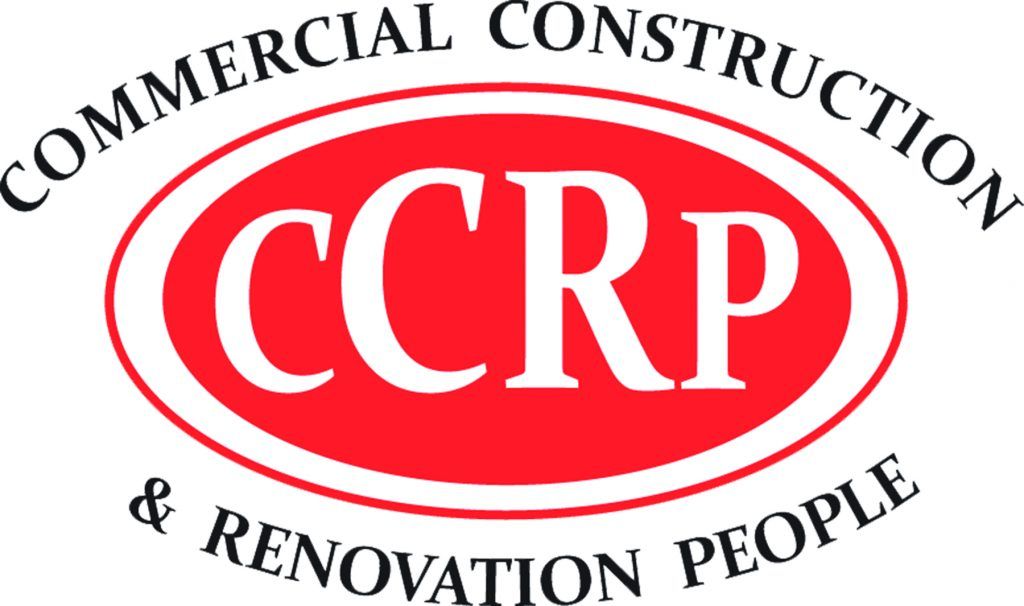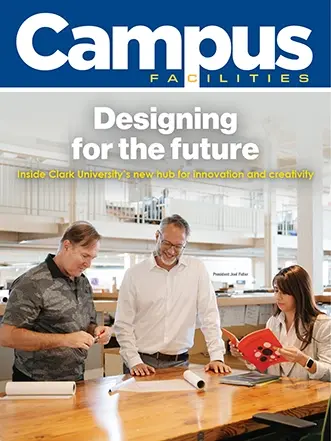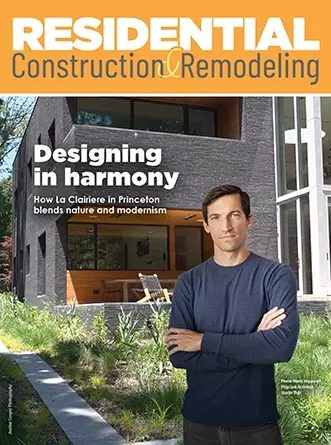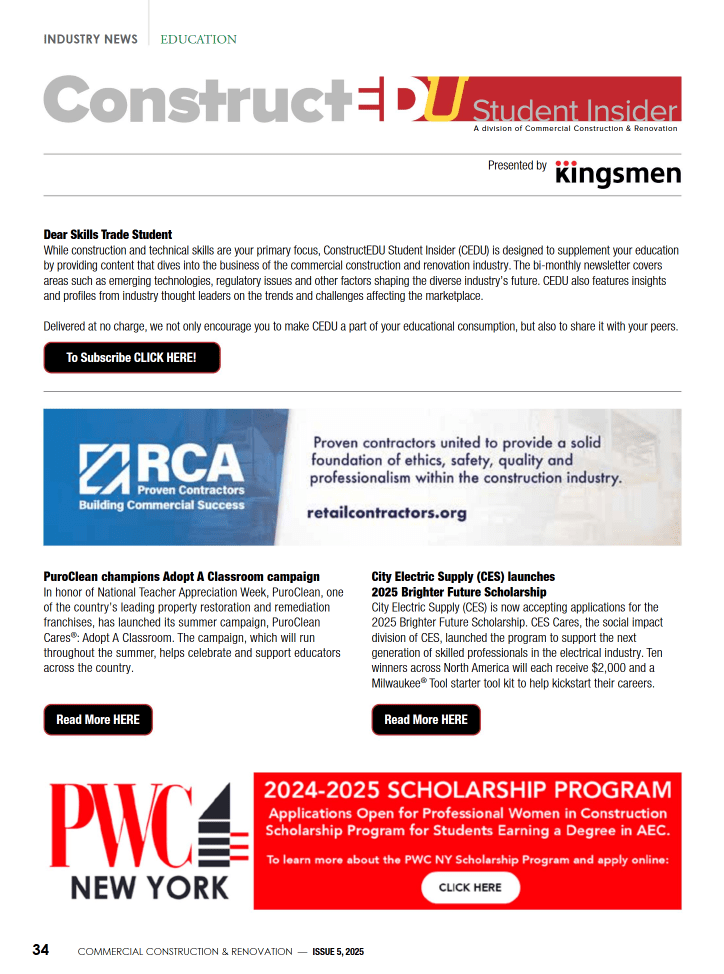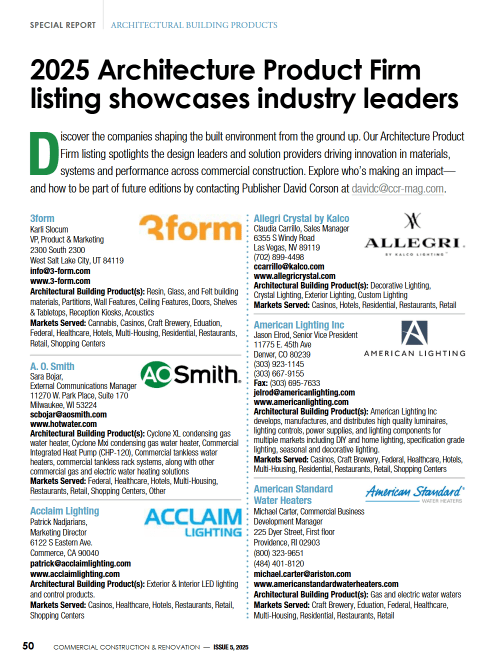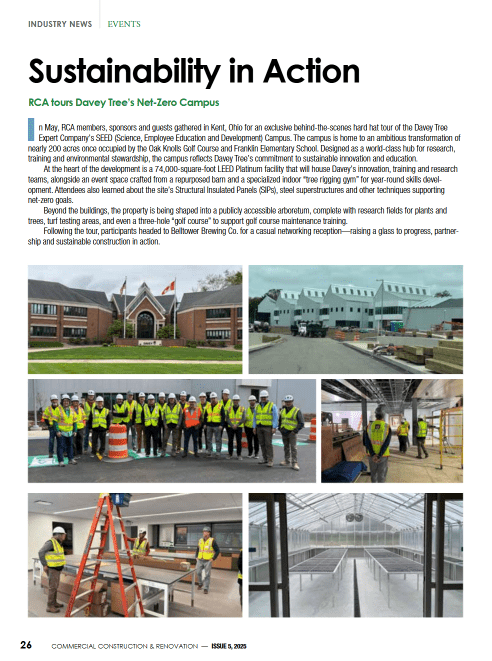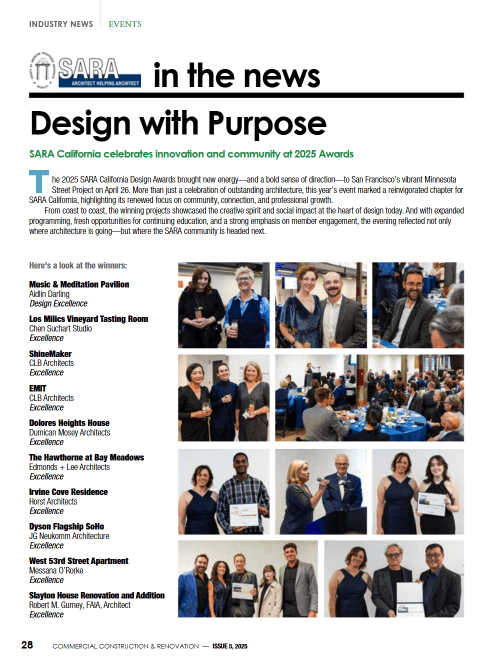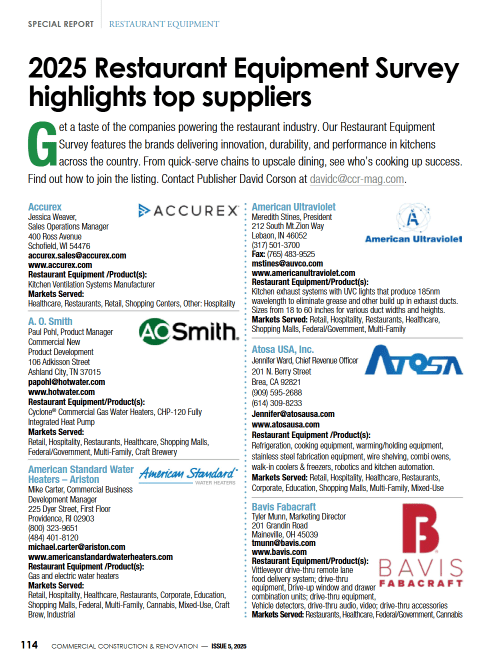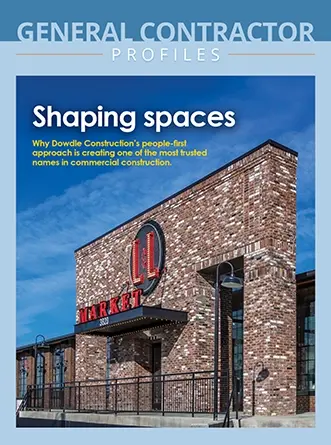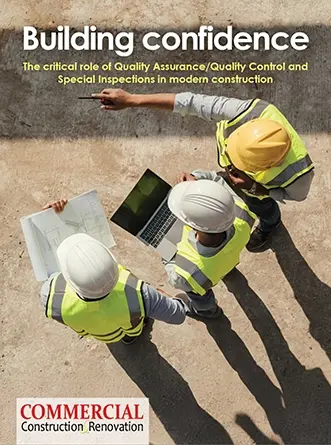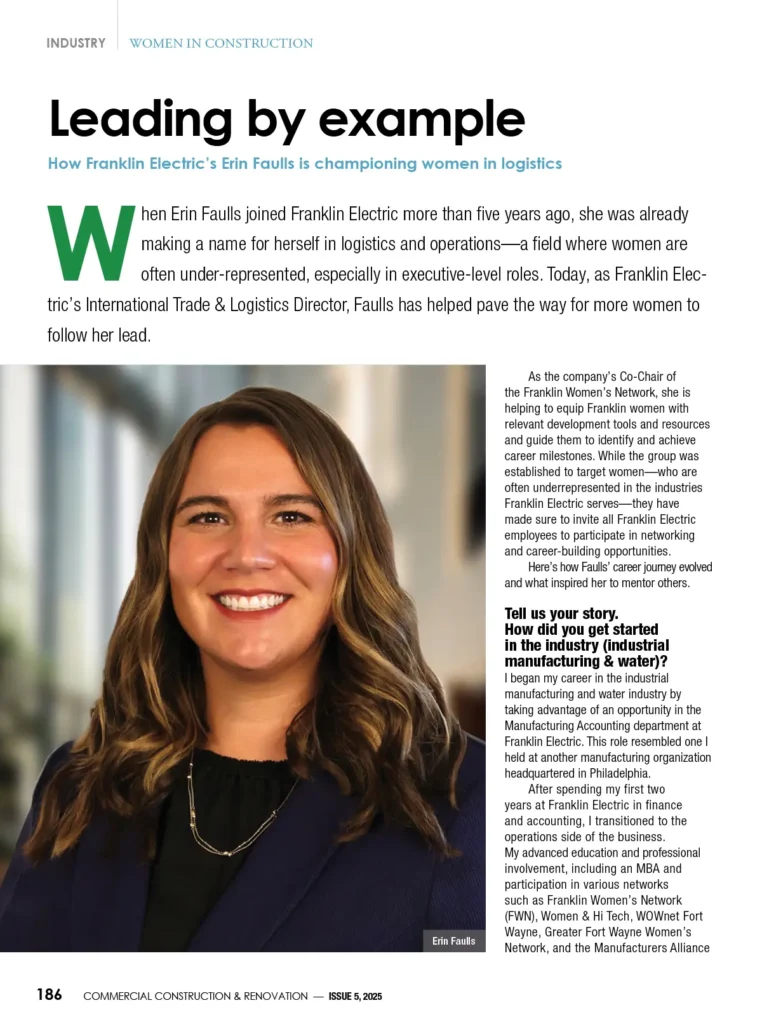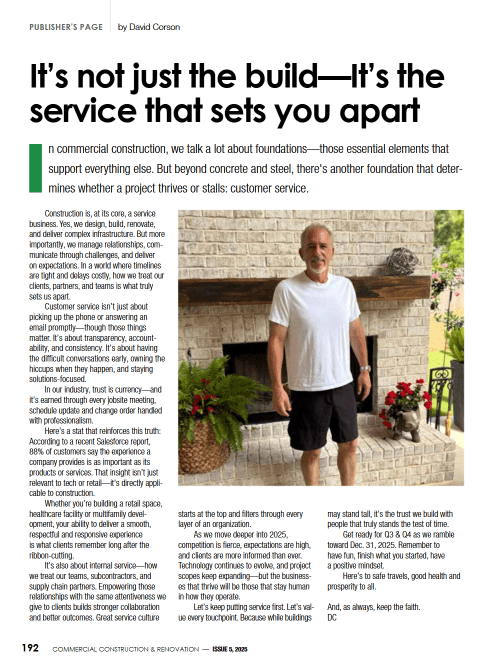The architectural realm has been in constant evolution, with every era unveiling newer and better construction techniques. Among the materials that have stood the test of time, steel emerges as a clear winner, offering a medley of benefits that make it the go-to choice for modern buildings. Steel frame structures, such as steel frame doors Sydney, are no longer a nascent concept; they have been around for decades. However, recent advancements and a global push towards sustainability have brought steel framing to the forefront of innovative building solutions.
In this article, we will explore the innovation and sustainability factors that make steel frame structures a viable choice for the future.
1. Durability And Longevity
The first thing that comes to mind when you think of steel is its strength. A prominent example of this robustness can be witnessed in projects undertaken by Steel Frames WA. They utilize high-quality steel that’s resistant to corrosion, termites, and fire.
Steel frames have a lifespan that often outlives traditional timber, meaning fewer resources are used in the long run for replacements or repairs. This longevity ensures that structures can withstand the harshest of environmental conditions, from intense heat to cold snaps, making them perfect for a wide range of geographical locations.
2. Eco-Friendly Production
With the increasing emphasis on sustainable development, the production methods of steel have also transformed. Today, a significant portion of the steel is produced from recycled materials.
This means that old, discarded steel products are melted down and repurposed, reducing the need for new raw materials and minimizing environmental impact. The recycling process for steel is also energy-efficient, further shrinking its carbon footprint.
3. Design Flexibility
One of the standout features of steel frame structures is their flexibility in design. The strength of steel allows architects to envision and implement designs that might be challenging with traditional materials. This versatility means that buildings can be more adaptive and resilient to future needs, be it expansion, reconfiguration, or any other structural adjustments.
4. Thermal Efficiency
Steel frames, when combined with modern insulation techniques, can offer excellent thermal efficiency. They form an effective barrier against external temperature variations, ensuring that the internal environment remains stable. This not only reduces the energy consumption of heating or cooling systems but also provides a comfortable living or working space for the occupants.
5. Waste Reduction
The precision with which steel frames are manufactured ensures minimal wastage. Pre-fabricated steel parts are created to exact dimensions, reducing the on-site trimming and adjustments that often lead to waste. This meticulous approach ensures that the environmental impact at the construction site is kept at a bare minimum.
6. Safety And Resistance
Steel frame structures have an innate ability to resist natural calamities.
Whether it’s an earthquake or a hurricane, buildings with a steel framework have shown commendable resistance. Their ductility ensures that they can absorb and distribute energy effectively during seismic activities, reducing the chances of collapse.
7. Cost-Effective Solutions
While the initial investment in steel frames might be higher compared to traditional materials, the long-term benefits offset this. Reduced maintenance costs, longevity, and energy efficiency mean that over the lifespan of the structure, the owner can witness significant savings.
Furthermore, the quick and efficient construction methods associated with steel frames reduce labor costs and construction time.
8. Supporting Sustainable Building Certifications
Many international green building certification systems, like LEED or BREEAM, recognize the benefits of using steel. Incorporating steel frames can contribute to earning points in these certifications, pushing the structure towards a higher sustainability rating. This not only ensures a lesser environmental impact but also adds to the commercial value of the property.
Conclusion
The move towards a sustainable future requires us to rethink the way we design and construct our built environment. Steel frame structures, with their array of advantages, clearly indicate the direction in which the architectural world is moving. From durability to design flexibility, and from waste reduction to cost-effectiveness, steel emerges as a champion material, capable of addressing both present needs and future challenges.

